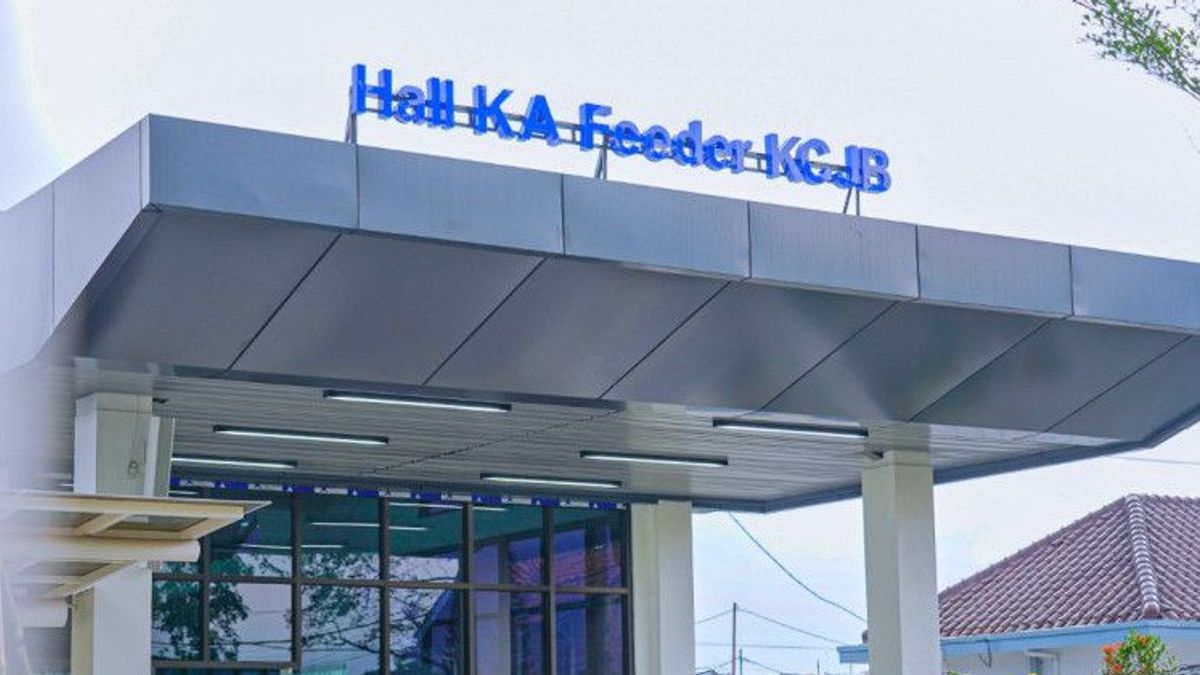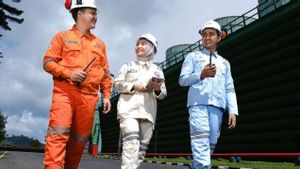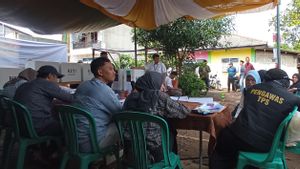PT Kereta Api Indonesia (Persero) has prepared two train services that will support the connectivity of the Jakarta Bandung High Speed Train (KCJB), namely the Jabodebek LRT and the KCJB Feeder Train.
"The presence of the Jabodebek LRT and the Feeder train will make it easier for people to connect to the KCJB station through a congestion-free and timely transportation system," said KAI VP Public Relations Joni Martinus in Jakarta, quoted from Antara, Monday 5 December.
Joni revealed that using the Jabodebek LRT, customers only need to take 20 minutes from the Jabodebek Dukuh Atas LRT Station to Jabodebek Halim LRT Station.
Customers will be able to directly move from Jabodebek Halim LRT Station to Halim KCJB Station because both services have been integrated into the same location.
To make it easier for the community, the Jabodebek LRT headway on the Dukuh Atas - Halim route can reach every 8 minutes during peak hours.
According to him, this can be realized because KAI has implemented the most modern technology in the operation of the Jabodebek LRT.
"People can also use Commuterline KRL to stations connected to the Jabodebek LRT, namely Sudirman and Cawang Stations to further continue their journey using the LRT to Halim KCJB Station," he said.
After traveling to the Jabodebek LRT for 20 minutes, the KCJB trip from KCJB Halim Station to KCJB Padalarang Station will be reached in less than 30 minutes.
In Padalarang, KAI has provided a Feeder train service whose schedule is to adjust to the KCJB arrival schedule. The travel time for the Feeder KCJB train to get to Bandung Station is only 18 minutes.
By using the connected train service, the total time needed between the centers of Jakarta and Bandung is about an hour's journey.
"With the best technology and human resources, KAI will ensure that all train trips operate on time like existing KAI services," he said.
Furthermore, Joni conveyed that KAI continues to prepare facilities and infrastructure for the operation of the KCJB Feeder train in the form of five series of KRDE where each series consists of five trains.
In one series, the KCJB Feeder Train has a capacity of 280 customers. In order to increase customer convenience, the KCJB Feeder Train is equipped with baggage and toilet rack facilities.
For the KCJB Feeder train infrastructure, currently the construction of a physical hall or waiting room specifically for KCJB customers at Bandung and Cimahi Stations has been completed 100 percent. Meanwhile, the Padalarang Station is still in the construction process. KAI and KCIC are currently preparing minimum service facilities and standards for park and ride and waiting room for the Feeder KCJB train.
He added that KAI will ensure that intermodal transfers, between platforms, the availability of waiting rooms, and facilities provided for customers are made comfortable and as easy as possible.
This is one of KAI's efforts to foster public interest in switching to public transportation is through interconnected and integrated rail services.
"The presence of the Jabodebek LRT and the KCJB Feeder train is expected to be an attraction for the public to use KCJB, which is the first high-speed train in Southeast Asia," he said.
The English, Chinese, Japanese, Arabic, and French versions are automatically generated by the AI. So there may still be inaccuracies in translating, please always see Indonesian as our main language. (system supported by DigitalSiber.id)










